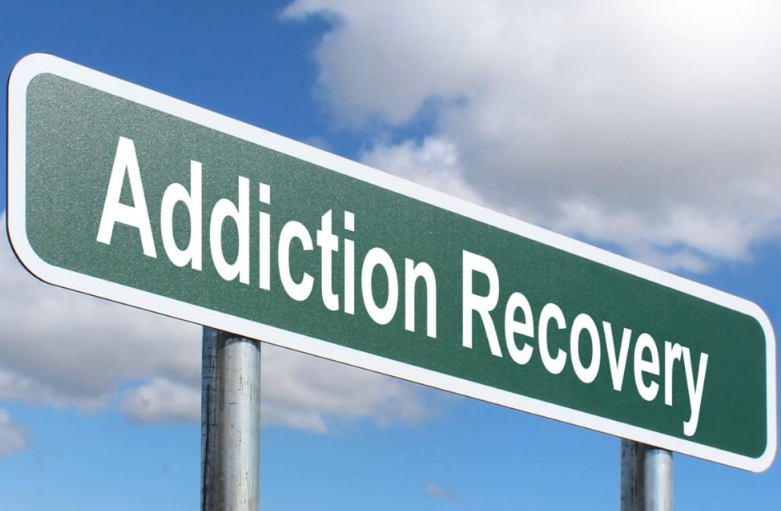How Can an Addiction Rehabilitation Facility Help Its Clients?
 Quality treatment programs treat patients as individuals, recognizing that not all treatments work for every patient. High-quality treatment programs identify the unique needs of women, men, adolescents, and people from different ethnic and cultural groups. They also recognize the strengths of individuals who may benefit from the recovery programs for drug addiction austin. After all, addiction treatment is about changing behavior, not denying the need for treatment. So, how can an addiction rehabilitation facility help its clients?
Quality treatment programs treat patients as individuals, recognizing that not all treatments work for every patient. High-quality treatment programs identify the unique needs of women, men, adolescents, and people from different ethnic and cultural groups. They also recognize the strengths of individuals who may benefit from the recovery programs for drug addiction austin. After all, addiction treatment is about changing behavior, not denying the need for treatment. So, how can an addiction rehabilitation facility help its clients?
Treatment options
Behavioral therapy is a popular treatment method used by many addiction rehabilitation facilities. In this type of therapy, the addiction specialist tailors the treatment plan to the individual’s unique needs. Cognitive-behavioral therapy is one of the most effective forms of therapy, while motivational interviewing uses a different approach. The length and frequency of sessions depend on the individual. Family involvement improves the outcome of the rehab program. Therefore, family therapy is offered at many addiction rehabilitation facilities.
Psychiatric medication is one option available for substance abuse recovery. The program provides clients with psychosocial support, individualized treatment plans, and other tools to cope with cravings and relapse. Relapse prevention focuses on minimizing deterioration by teaching patients to recognize and substitute responses to desires. The patient learns to accept lapses as part of the recovery process and interrupt cravings before they have a detrimental effect on their health. Several controlled studies have shown that relapse prevention is as effective as other psychosocial treatments. The program uses cognitive-behavioral strategies, such as self-efficacy, self-control training and cue exposure, and extinction.
Structure
The structure of an addiction rehabilitation facility is crucial to preventing relapse. Without form, people can become bored and develop unhealthy habits. Boredom is a strong trigger for relapse, and it encourages individuals to engage in self-destructive behaviors. By providing structure, rehab programs help clients develop healthy, balanced lifestyles and habits after leaving the facility.A quality rehabilitation program will educate patients on the disease of addiction and teach them how to manage their symptoms both in treatment and at home. An inpatient program will generally be more intensive than outpatient treatment, though many go through outpatient rehab after completing inpatient care. But if the disease of addiction is treated successfully, it is treatable and can be managed for life. It’s also important to note that an inpatient rehab program may lead to less intensive outpatient rehab.
Goals
An addiction rehabilitation facility’s treatment program consists of several different objectives. The primary aim is abstinence from chemicals, although other outcomes may also be measured, such as productivity and criminal activity. The program’s success is measured based on the results of each stage. Several studies have been conducted to determine the optimal treatment program for different populations. While addiction cannot be cured, it can be managed. Without professional treatment, people with substance abuse disorders risk severe physical and mental damage. Without an effective rehab program, the condition is likely to progress and even progress. Every year, thousands of people die due to addiction. This statistic is alarming but not unremarkable. An addiction rehabilitation program aims to help the patient achieve a better quality of life so that the process can be a success.
Support system
A support system is essential in any recovery process. It helps keep the person focused on the task at hand and encourages them to do what they need to do to achieve their goal. Although it is possible to overcome addiction on one’s own, a positive support system makes recovery much more accessible. It also prevents relapses after rehab or years of sobriety. Without a support system, recovering addicts would not have the support to stay clean and sober.
Community support is an integral part of any rehab. It provides a person with the resources and support needed to get back on track after a long and challenging addiction. The support system helps the recovering individual feel less isolated by sharing experiences and ideas with others in a similar situation. It also provides healthy peer pressure. In addition to the support system, community involvement is also beneficial. Community involvement is essential in recovering addicts’ chances of reintegrating into society.
Relapse prevention
One of the most critical aspects of relapse prevention at an addiction rehabilitation facility is learning to deal with daily stresses. You’ll understand effective coping mechanisms to overcome cravings and the importance of self-care. You’ll also review lessons you learned during your initial addiction treatment. And with a supportive group of peers and a solid recovery plan, relapse prevention becomes second nature. Observe yourself and your patterns. Identify the triggers of your substance abuse, and reflect on them. Once you know what triggers your addiction, you can fight back with a structured schedule and improved self-understanding. During your stay in an addiction rehabilitation center, you’ll also receive ongoing support from staff members who can help you navigate your daily life. For example, a structured schedule at home is an essential component of relapse prevention at Sante Center for Healing.